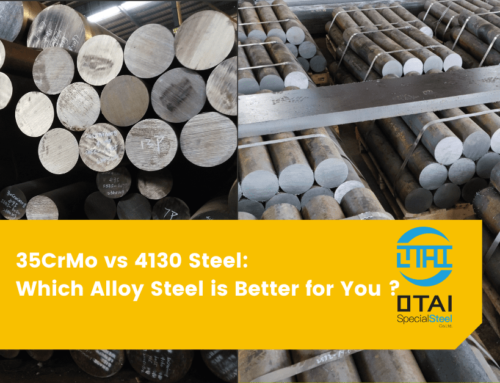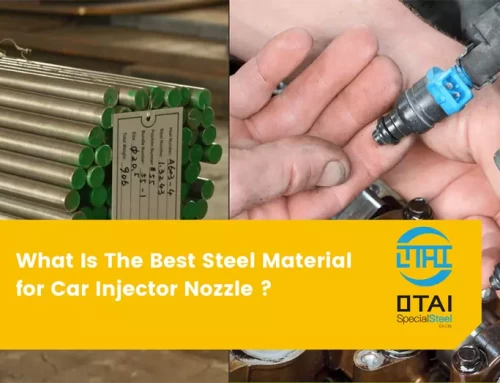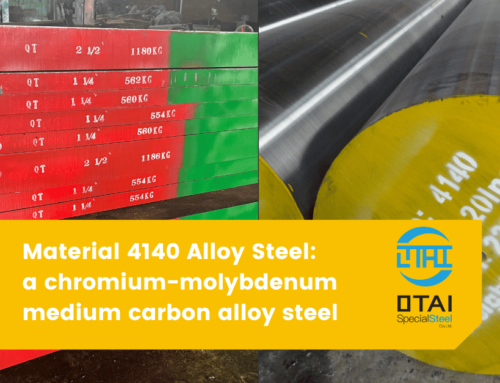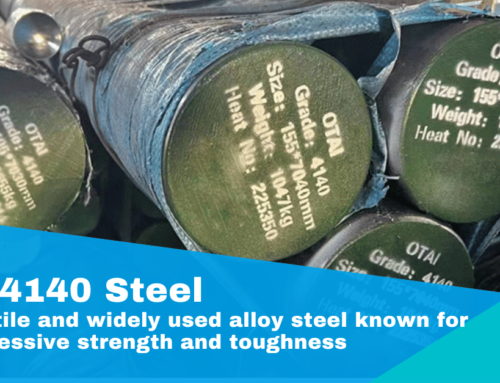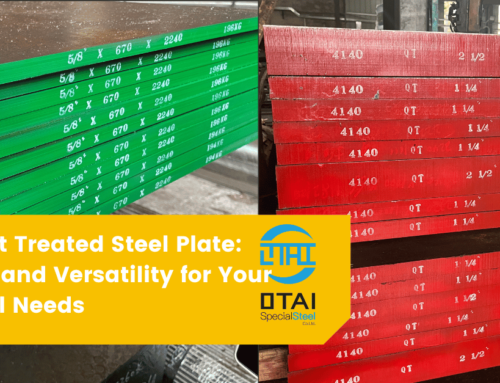1045 vs 4140 Steel is a versatile material crucial in various industries. Understanding the differences between 1045 and 4140 steel is important for buying the right steel materials.
Introduction to 1045 Steel
1045 steel, a carbon steel, is known for its strength and impact resistance. It’s commonly used in industrial applications like machinery parts and automotive components. Its carbon content is 0.43-0.50%, which contributes to its hardness and strength.
Introduction to 4140 Steel
4140 steel is an alloy steel, with more chromium, molybdenum, and manganese. This composition makes 4140 steel superior hardness, toughness, and wear resistance. It’s ideal for high-stress applications, like axles, gears, and shafts.
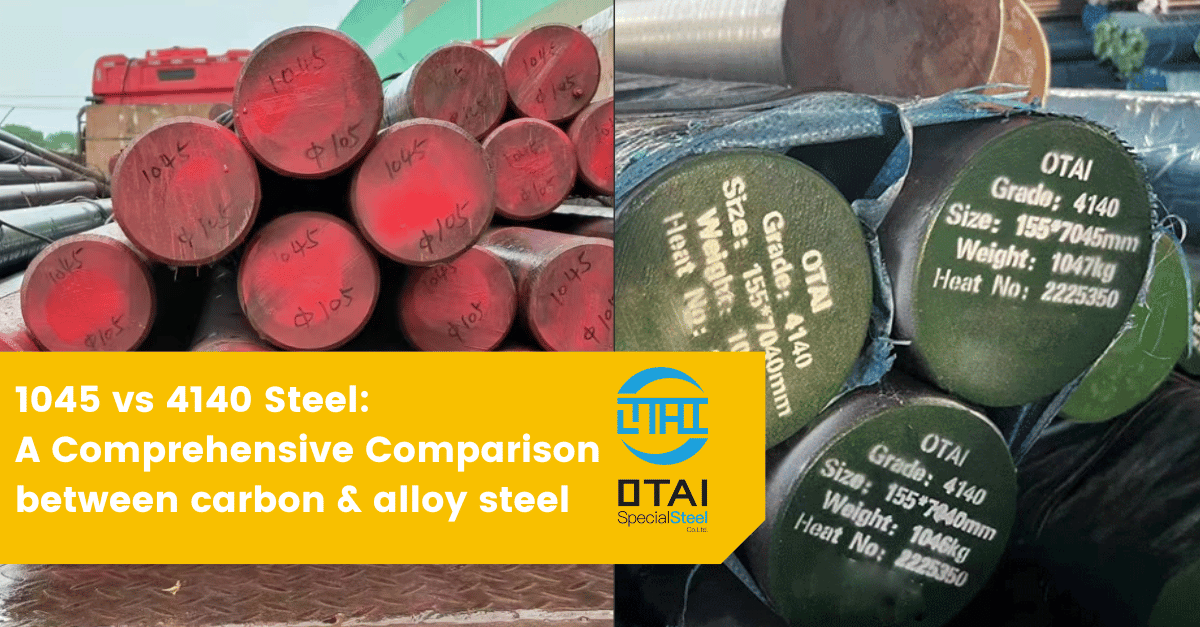
Composition Comparison 1045 vs 4140 Steel
1045 steel is simpler in composition, focusing mainly on carbon. In contrast, 4140 contains additional alloying elements like chromium and molybdenum, making its overall properties.
| Standard | Grade | C | Mn | P | S | Si | Cr | Mo |
| ASTM A29 | 4140 | 0.38-0.43 | 0.75-1.00 | 0.035 | 0.040 | 0.15-0.35 | 0.8-1.10 | 0.15-0.25 |
| Standard | Grade | C | Mn | P | S | Si | Cr | Mo |
| ASTM A29 | 1045 | 0.43-0.50 | 0.60-0.90 | 0.04 | 0.050 | – | – | – |
Mechanical Properties
4140 is better in strength and hardness due to its alloying elements. However, 1045 offers better weldability and machinability, due to its lower hardness.
Heat Treatment
Heat treatment can significantly change the properties of both steels. 1045 can be easily heat treated, improving its strength. 4140 can achieve higher hardness and strength levels with proper heat treatment like QT (quenching and tempering).
Applications
The choice between 1045 and 4140 also depends on the application. 1045 is preferable for parts requiring impact resistance. In contrast, 4140 is ideal for components exposed to high stress and wear.
Cost Considerations 1045 vs 4140 Steel
Generally, 1045 is more cost-effective due to its simpler composition. The additional alloying elements in 4140 make it more expensive, but it offers superior properties.
Working with the Steels
Working with these steels requires understanding their characteristics. 1045 is easier to machine, while 4140, being harder, may require more advanced machining techniques.
Final
Your choice between 1045 and 4140 steels should be based on specific needs. 1045 offers simplicity and impact resistance, while 4140 provides enhanced strength and wear resistance.
Conclusion
In conclusion, both 1045 and 4140 steels have difference advantages. Choose 1045 for cost-efficiency and impact resistance, and 4140 for high-stress applications requiring strength and toughness. Otai supplies both 1045 carbon steel and 4140 alloy steel in top quality from 1999. Contact us today to get the best price now.
FAQs
- Which steel is more cost-effective?
- 1045 is generally more cost-effective than 4140.
- Can both steels be heat treated?
- Yes, both can be heat treated, but 4140 achieves higher hardness.
- Which steel is easier to machine?
- 1045 is easier to machine due to its lower hardness.
- What are the main applications of 4140 steel?
- 4140 is used in high-stress applications like gears and axles.
- Is 1045 suitable for automotive components?
- Yes, 1045 is often used in automotive parts due to its impact resistance.

